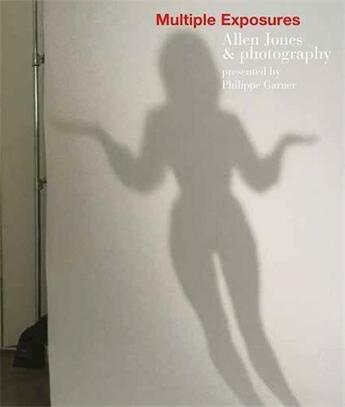-
Date de parution : 10/10/2022
-
Editeur :
Acc Art Books
-
EAN : 9781788841931
-
Série :
(-)
-
Support :
Papier
Résumé:
Multiple Exposures - Allen Jones & Photography explores the numerous ways in which artist Allen Jones has engaged with the possibilities of this medium. Historian Philippe Garner has researched Jones's extensive archive to develop and present the insightful narratives implicit in this... Voir plus
Multiple Exposures - Allen Jones & Photography explores the numerous ways in which artist Allen Jones has engaged with the possibilities of this medium. Historian Philippe Garner has researched Jones's extensive archive to develop and present the insightful narratives implicit in this remarkable, often surprising selection of images.
Studying at Hornsey School of Art, then at the Royal College of Art till 1961, Jones achieved swift success within a dynamic roster of artists celebrated as 'The New Generation: 1964' at the Whitechapel Gallery, London. Alongside his practice as a painter, sculptor, and printmaker, Jones nurtured an ongoing fascination with photography. This volume - an important addition to the literature on Jones's oeuvre - reveals how he was first drawn as a student to the camera's potential, making his earliest experiments in black and white.
Through the sixty-plus years of Jones's career - using camera and, more recently, iPad, and iPhone - photography has become ever-more integrated within his wider practice as an artist. We observe his incorporation of 'found' photographs within his early collaged works; we discover the photographs he has taken as a visual ledger of all that intrigues him; we see a telling selection of the imagery that he has collected, mostly drawn from vernacular sources, such as post cards, newspaper cuttings, and magazine tear-sheets; we find his playful images of his studio and its juxtapositions; and we follow his investigation of the ways in which his paintings and sculptures can interact and invite fresh readings when transmuted into photographs.
The images in Multiple Exposures, mostly hitherto unpublished, are supported by an introductory text by Philippe Garner and by revelatory chapter introductions and pertinent pull-quotes by Allen Jones. The dynamic design of the book is by the legendary graphic artist David Hillman.
Donner votre avis















